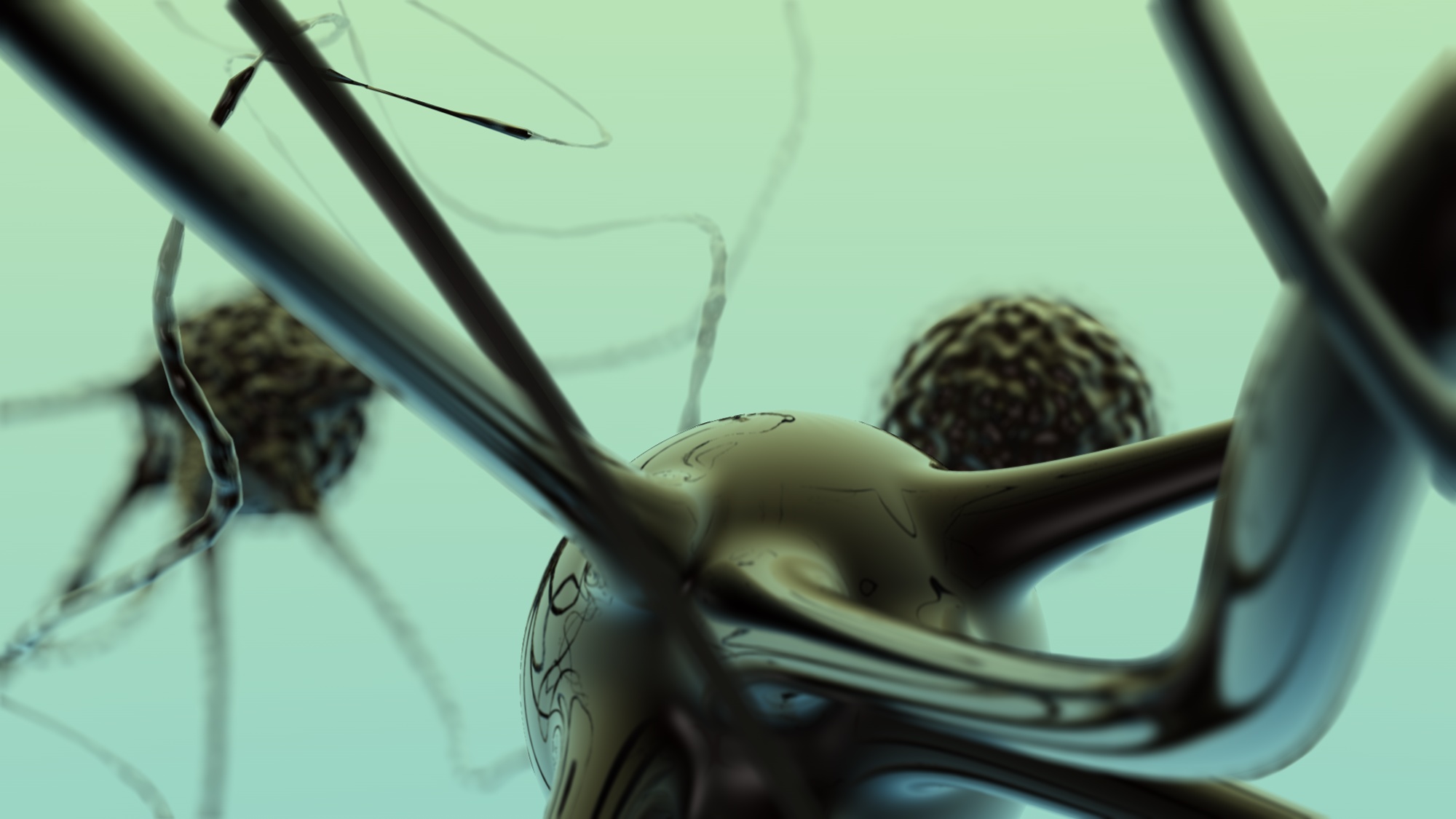WEDNESDAY, July 6, 2016 (HealthDay News) — People are actually using medical marijuana as a treatment for health problems, not simply as an excuse to get high, a new study suggests.
States that pass medical marijuana laws tend to experience a significant decline in prescriptions for ailments that could be treated with cannabis, said study senior researcher W. David Bradford. He’s the chair of public policy with the University of Georgia’s Department of Public Administration and Policy.
At the same time, there hasn’t been a decline in prescriptions for drugs that treat conditions for which marijuana wouldn’t help much or at all, Bradford said.
“There was a substantial shift away from the use of [U.S. Food and Drug Administration]-approved drugs when states turned their medical marijuana laws on,” Bradford said.
Patients most often use medical marijuana to treat pain, causing a large decrease in the average daily doses of prescription painkillers, the researchers reported.
Given this, medical marijuana could play a role in reducing overdose deaths caused by prescription opiates, such as oxycodone (Oxycontin), hydrocodone (Vicodin), morphine and codeine, Bradford said.
“If you never start using an opiate, then you’re not put on the path to opiate misuse, opiate abuse and death,” he said.
For this study, researchers analyzed data from Medicare Part D, a federal program that covers prescription drugs for seniors. The study included all prescriptions filled by Medicare Part D enrollees from 2010 to 2013.
The investigators compared states that had legalized medical marijuana against states that hadn’t, to see if the availability of pot to patients made any difference in prescription drug trends.
The research team specifically looked at nine conditions for which marijuana might be considered a substitute for FDA-approved medications — anxiety, depression, glaucoma, nausea, pain, psychosis, seizures, sleep disorders and spasticity.
Pain is the condition for which there’s the strongest medical evidence recommending marijuana use, the researchers said. Accordingly, they found that legal pot had the greatest effect on prescriptions for painkillers.
There were 1,826 fewer daily doses of painkillers prescribed on average per year in states with medical marijuana laws, compared to states where pot is outlawed, the findings showed.
That’s three to four times greater than the reductions found in prescriptions for other marijuana-treatable conditions, including anxiety, depression, nausea, psychosis, seizures and sleep disorders, Bradford said. Reductions for those conditions were significant, but averaged between 265 and 562 daily doses annually.
The only drugs not significantly affected by medical marijuana laws target glaucoma and spasticity. Those two diseases have shown the least proven benefit from cannabis, the researchers said.
For example, marijuana can decrease eye pressure caused by glaucoma by about 25 percent, but the effect lasts only an hour. That makes pot an unrealistic option for glaucoma treatment, the study authors said. Their data showed that daily doses of glaucoma medication increased by an average 35 daily doses per year in states with medical marijuana laws.
The researchers also found that medical marijuana laws caused no change at all in drugs for which cannabis cannot be considered a substitute, including antibiotics and antivirals, Bradford said.
According to Dr. David Katz, these results show that marijuana — “not a dangerous drug, in the grand scheme of things” — could serve as a valuable alternative to FDA-approved drugs that come with worse side effects. Katz is director of the Yale University Prevention Research Center in New Haven, Conn.
“What we want in medicine is to use the right thing for the right patient at the right time — something that relieves a disease, does it more effectively than anything else, and does it with a high margin of safety,” Katz said. “This research indicates that marijuana is populating exactly such a niche.”
Medical marijuana “is not the right choice for everybody, but there will be people for whom it is the right choice,” he continued. “We’re counting on well-trained physicians to apply sound judgment.”
Medical pot also appears to have saved taxpayers some money. By 2013, 17 states and the District of Columbia had implemented medical marijuana laws, and lower prescription drug use in those states added up to $165 million in savings, the study authors reported.
Marijuana could help treat pain for the same reason that it also can help treat depression and anxiety, by altering a person’s mood, said Dr. Daniel Carr. He is president of the American Academy of Pain Medicine and director of pain research at Tufts University School of Medicine in Boston.
“Pain wouldn’t be pain unless there was an unpleasant emotion tagged onto it. This emotional aspect of pain is as important as the sensory aspect of pain,” Carr said. “Marijuana’s effects on mood could also alleviate the experience of pain, from the patient’s point of view.”
However, Carr said more research needs to be done on marijuana for it to serve as a true alternative to prescription drugs.
“The quality of the evidence for medical marijuana is really rudimentary,” he said. “I don’t think we have a full grasp yet on the long-term risks and benefits of medical marijuana.”
The new study was published in the July issue of the journal Health Affairs.
More information
For more on medical marijuana, visit the U.S. National Institute on Drug Abuse.
Copyright © 2025 HealthDay. All rights reserved.

